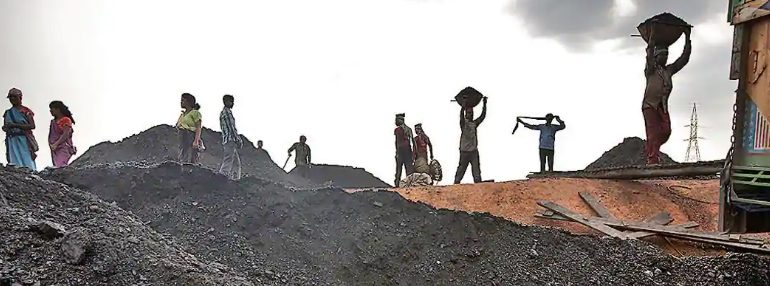Rankings and Ratings have been an integral part of our modern education system as well the corporate ecosystem. Parents and prospective students make their choice of college, school and even courses based on its ranking, whereas investors and lenders decide on the investment in a corporate entity based on its rating. These ratings and rankings have helped individuals, organisations, industries across sectors, and even nations, to strive for excellence as there are evident and linked advantages of competitive and performance superiority, monetary and non-monetary incentives, improved perception, and much more.
The Ministry of Mines launched the innovative scheme of Star Rating of Mines in 2016 through its regulatory arm, the Indian Bureau of Mines (IBM). The important question after four years is knowing its standing in the Indian metal and mining sector. Does a steel maker take pride in its products wherein the steel produced in its plant are using raw materials from a five-star rated mine or does a housemaker know that stainless steel used in her house has chrome from a five-star rated mine? Do government companies using metals in their projects appreciate the sustainability aspect mooted by Ministry of Mines in their sourcing decisions?
A person graduates from a college and gets awarded a degree / diploma and this makes him or her eligible for certain jobs or even further education. What happens to a mine when it graduates to a five-star rated mine?
The Star Rating system is a powerful tool for implementation of the Sustainable Development Framework (SDF) in the mining sector. It helps in collation of various technical, environmental, and social data, which can be utilised to allow better management and monitoring of mining areas. It was believed that in the long run, this would enable formulation of Comprehensive Regional Plans to address cumulative impact in mining areas through coordinated and collective actions.
Coming at a time when the mining sector was eagerly looking for a change in perception, this initiative provided the ideal platform for the industry. It offered an opportunity and a framework with set parameters that could be used to distinguish the responsible and credible players from the rest and thus avoid the syndrome of being judged based on the few worst performers. The Evaluation Template was systematically designed to lay emphasis on scientific mining, addressing social impact of resettlement and rehabilitation, local community engagements and welfare programmes, progressive and final mine closure and adoption of international standards. Pilot star rating was awarded to 19 mines at the first National Conclave on Mines & Minerals in Raipur on July 4-5, 2016. Further round of felicitation was done for 32 Mines and 20 Mines qualifying for 5-Star Rating during the 2nd and 3rd National Conclaves in 2017 and 2018 respectively. An apex committee was also constituted to facilitate and resolve issues in implementation of star rating under the chairmanship of the Mines Secretary and members from various ministries and reputed institutions.
The statutory bottleneck created by mandating achievement of 4-star rating by all operating mines within a period of three years was also changed by amending the necessary clauses in the Mineral Conservation and Development Rules and now the mandatory bar has not only been brought down to a 3-star level but also the time for attaining has been increased by two more years.
The penalty system was very much there in this rating framework, but it did not address much on the reward aspect. Do excellent ratings translate into additional scores in the auction system and that a company with more five-star rated mines will get preference in the technical bid of new blocks based on its past record? Do five-star ratings result in providing faster environmental or forest clearance? Answer as on today is, No.
It is the right time for policymakers in the mineral industry to take a pause and assess where we stand in context of this great initiative. Is it heading in the right direction and keeping pace with the intent of changing the perception of mining industry? Is it providing enough incentives or encouragement for a mine to be five-star rated or is it getting limited to an exercise on paper? There are more questions than answers and benefits which we seek from this initiative as on date.
The author is the Co-Chair, FICCI Mining Committee & Chief Regulatory Affairs, Tata Steel Ltd






Very impressive and well explained !